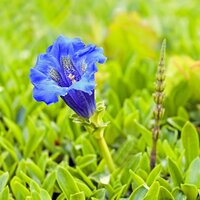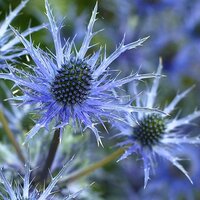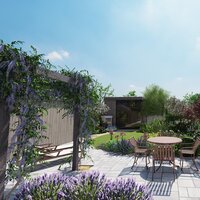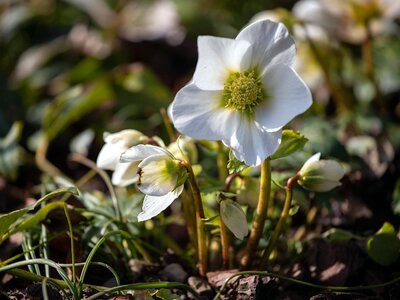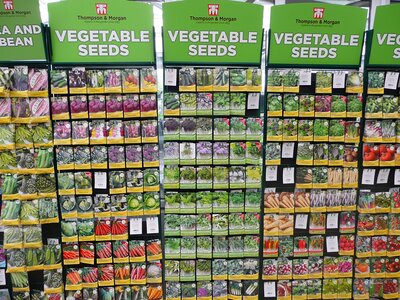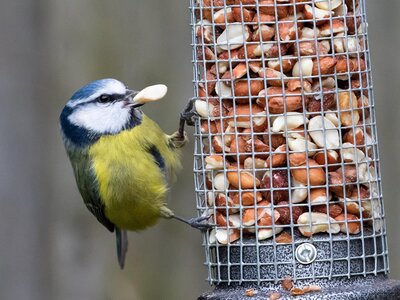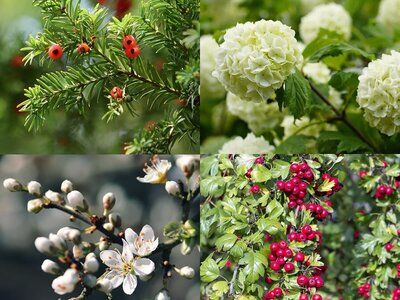Imagine stepping into your garden and feeling like you've been transported to the sun-drenched coasts of southern Europe. The scent of lavender wafts through the air, sunlight glints off silvery foliage, and the warm hues of terracotta and gravel evoke memories of holidays abroad. With the right planning, you can recreate that Mediterranean magic right here in Ireland—even with our famously unpredictable weather.
What Is a Mediterranean-Style Garden?
Mediterranean gardens draw inspiration from countries like Italy, Greece, and Spain. These landscapes are known for their laid-back, sun-loving plants, textural foliage, and earthy materials like stone, terracotta, and gravel. The overall effect is relaxed, elegant, and timeless.
The good news? With a bit of creativity and the right plant choices, a Mediterranean-style garden can thrive even here in Ireland. Our milder winters and increasingly dry summers make many Mediterranean-style plants quite viable—especially if you choose hardy varieties and ensure good drainage.
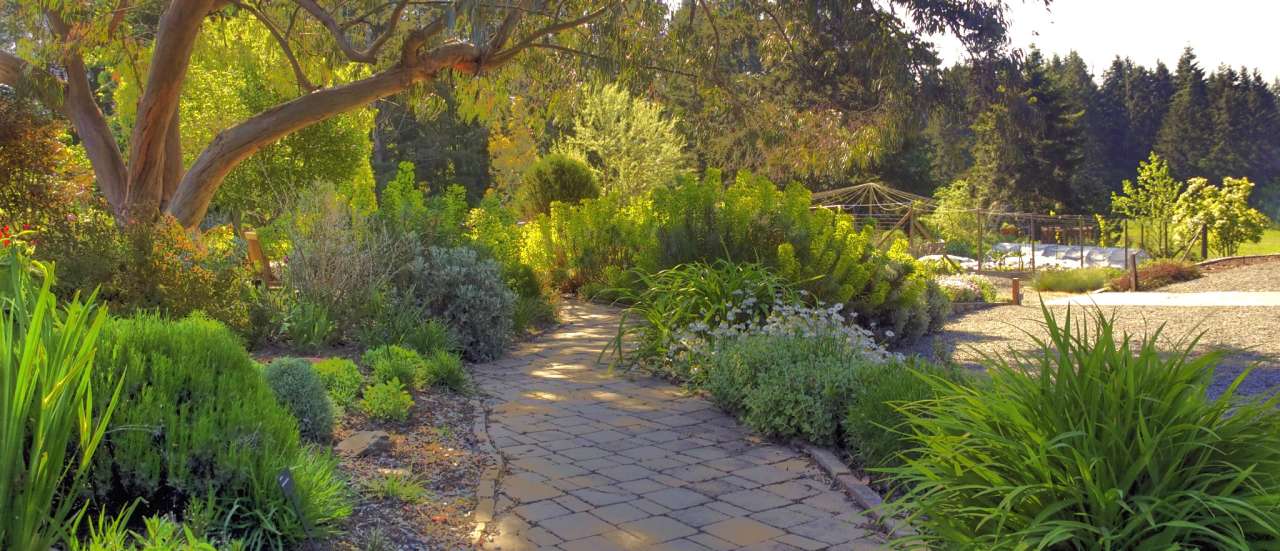 Mediterranean Garden in May - Photo by Old Itch (Cc BY-SA 2.0)
Mediterranean Garden in May - Photo by Old Itch (Cc BY-SA 2.0)
Mediterranean-Style Perennials Suitable for Ireland
- Lavandula (Lavender): Compact, hardy and a Med. staple, Lavender thrives in well-drained soil and full sun. If your soil is on the heavier side, then add plenty of grit when planting, elevate the soil in your bed or grow lavender in containers so that it can be moved to a drier spot over winter as it may tolerate cold but it won't take kindly to sitting in wet cold soil for long periods. Perfect for adding scent and structure.
- Eryngium (Sea Holly): With striking, spiky blue flowers and silvery foliage, this plant adds drama and thrives in dry conditions.
- Achillea millefolium (Yarrow): Flat-topped flower clusters in warm tones bring a naturalistic feel, and it’s wonderfully low maintenance.
- Salvia nemorosa: Loved by pollinators, this perennial salvia has spikes of violet-blue flowers and a long flowering period.
- Nepeta (Catmint): A soft, aromatic plant with violet-blue flowers—ideal for edging paths and borders.
- Sedum (Stonecrop): Drought-tolerant and architectural, sedum adds bold texture and late-season colour.
- Stachys byzantina (Lamb’s Ear): Velvety silver foliage makes a beautiful groundcover with a Mediterranean aesthetic.
- Verbena bonariensis: Tall and airy, with purple flowers that dance in the breeze—great for adding height and softness.
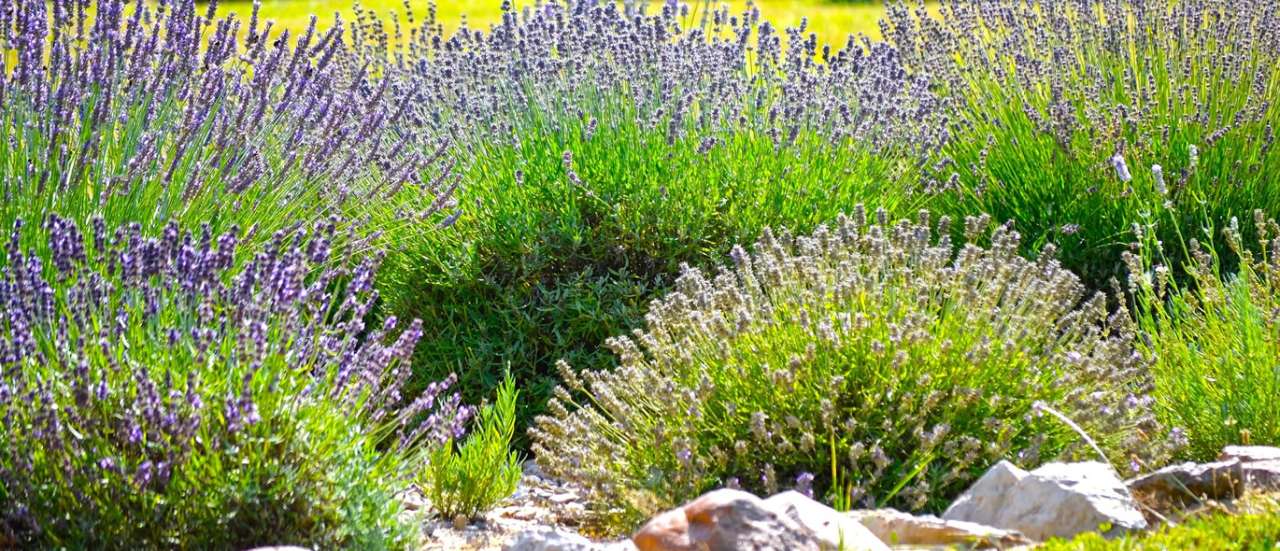 Lavender is a Mediterranean garden essential but be sure to have adequate drainage and prune back to just above the 'dead' wood after flowering. (Beds of various lavender - Image by Mirosław i Joanna Bucholc from Pixabay)
Lavender is a Mediterranean garden essential but be sure to have adequate drainage and prune back to just above the 'dead' wood after flowering. (Beds of various lavender - Image by Mirosław i Joanna Bucholc from Pixabay)
Shrubs to Add Structure
- Rosmarinus officinalis (Rosemary): Hardy and evergreen, with fragrant foliage that doubles as a kitchen staple.
- Cistus (Rock Rose): A sun-lover that produces delicate flowers and thrives in poor soils.
- Lavatera (Tree Mallow): Fast-growing with hollyhock-style flowers—perfect for informal, sunny borders.
- Buddleja (Butterfly Bush): Reliable shrub that now comes in a range of sizes with cones of flowers that are loved by pollinators and compliment perennials like lavender and nepeta extremely well.
- Hebe ‘Matty Brown’: Compact and neat, with subtle colour shifts in its foliage—ideal for modern Mediterranean borders.
- Cupressus - Cupressus and other evergreen conifers can also add year round greenery and structure that suite a Mediterranean style.
Design Tips for a Mediterranean Look
- Go for Gravel & Paving: Use gravel mulch or crushed stone around planting areas to enhance drainage and evoke that dry, Mediterranean look. Warm-toned paving (like sandstone or terracotta-style slabs) adds instant sunshine, even on cloudy days.
- Create Seating & Shade Zones: Add a simple pergola draped with climbers like Clematis armandii or even a hardy grapevine. Place a bench or bistro set beneath it to create an inviting focal point.
- Use Containers Creatively: Terracotta pots filled with lavender, rosemary, or agapanthus can be grouped near entrances or on patios. Containers give flexibility and help control soil conditions.
- Add a Water Feature: A small, wall-mounted fountain or bowl-style water feature adds a soothing soundtrack and ties into the traditional courtyard feel of Mediterranean spaces.
- Layer Textures and Colours: Think silver foliage, bold greens, warm reds, and dusky purples. Combine different textures—spiky, soft, glossy—for visual richness.
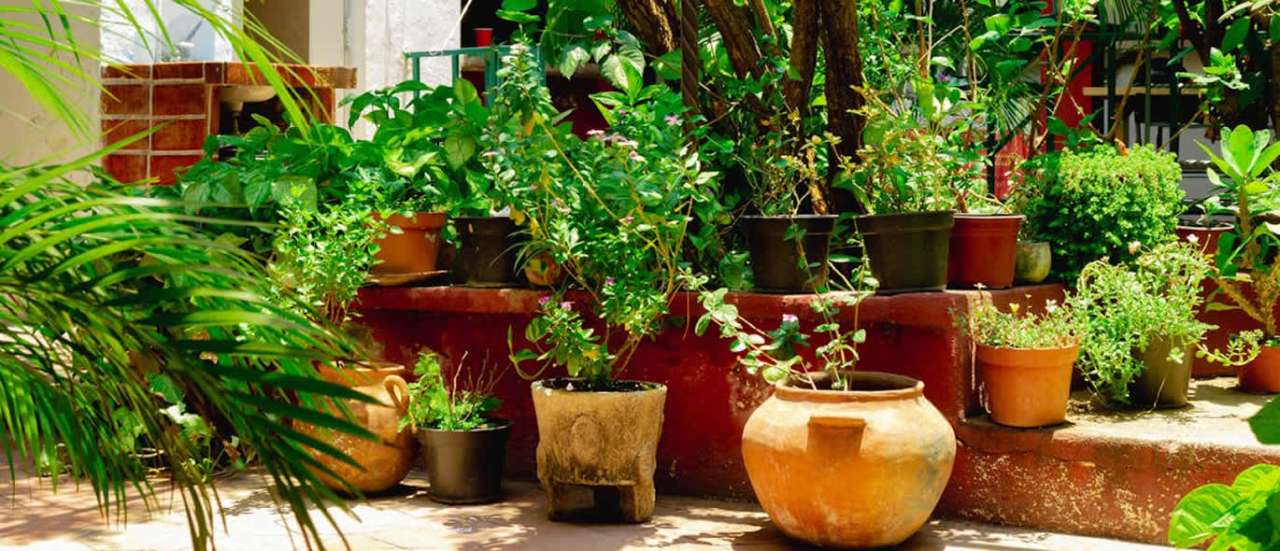 In this image we see how the addition of various terracotta and stone pots with sandy paving and red painted concrete adds warmth to give that Mediterranean feel (Photo by Roger Ce (CC0))
In this image we see how the addition of various terracotta and stone pots with sandy paving and red painted concrete adds warmth to give that Mediterranean feel (Photo by Roger Ce (CC0))
Maintenance Tips
- Drainage Is Key: Mediterranean plants hate soggy feet. Improve clay soil with grit or consider raised beds.
- Prune in Spring: Many Mediterranean plants benefit from a hard prune in early spring to encourage bushy growth.
- Mulch with Gravel: Not only does it suppress weeds, it also reflects light and warmth around the base of the plants.
- Watch for Frost: Some borderline-hardy plants may need fleece protection during cold snaps or can be overwintered in pots indoors.
Final Thoughts
Whether you’ve got a sprawling country garden or a modest urban plot, a Mediterranean-style design brings warmth, relaxation, and year-round interest. The key lies in using drought-tolerant, sun-loving plants, choosing earthy hardscaping materials, and embracing the laid-back spirit of the Mediterranean lifestyle.
With the right mix of hardy varieties and smart design, you can create a tranquil, sun-kissed retreat that will endure even the wettest of days.
Why not drop by one of our garden centres near Boyle or in Roscommon Town to explore our range of Mediterranean-style plants and materials? Our expert team is always happy to help bring your vision to life.
Looking for more inspiration on garden designs, why not check out our 'Easy Steps to Dream Gardens Section' detailing straight forward garden designs that have featured at Bloom including this years 'Plant Lover's Garden' by Patricia Tyrell
Banner Image (when displayed on homepage) by Seán A. O'Hara (CC BY-SA 2.0)
Cover image of Glendale Gardens (US) by Jayscratch (CC BY-ND 2.0)

